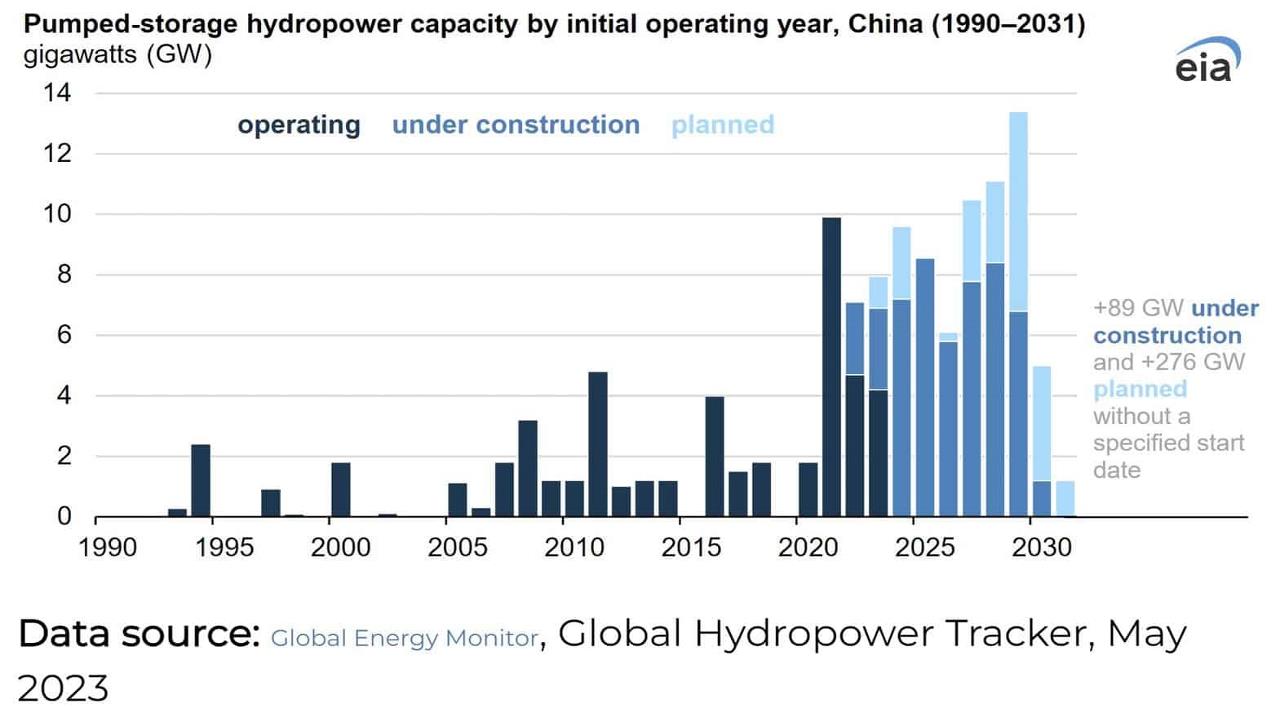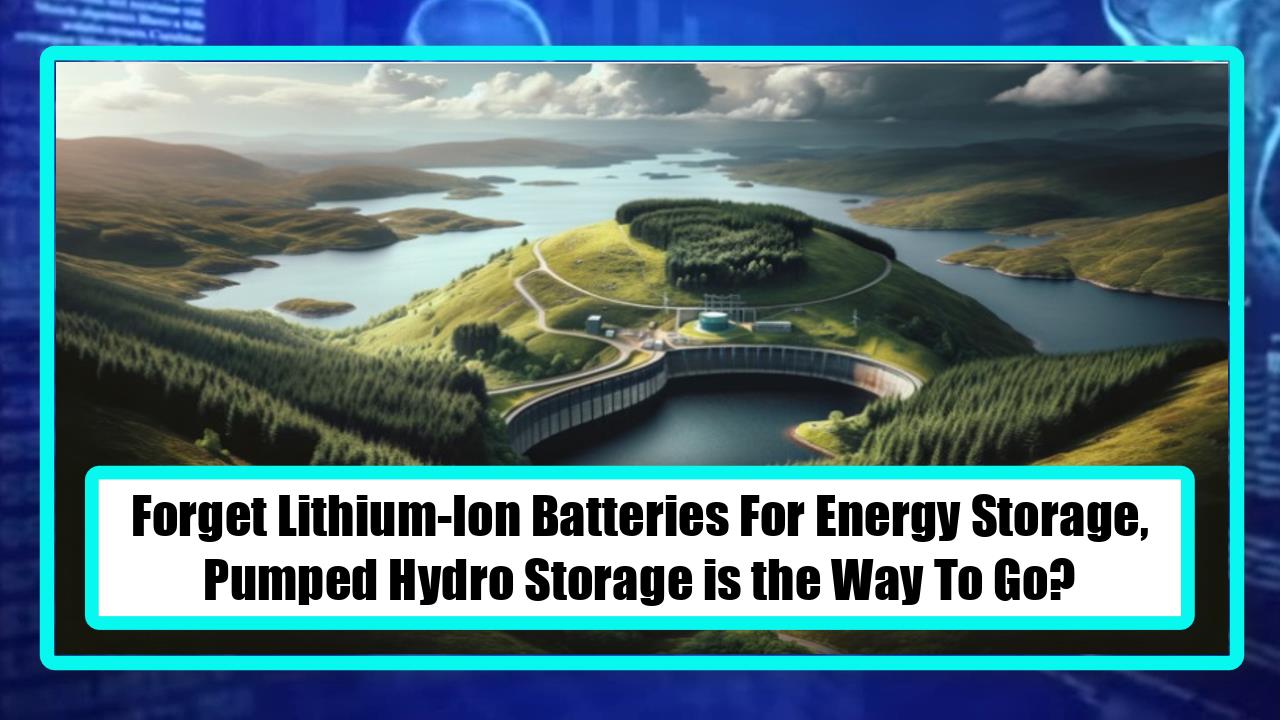Video:
Take our online poll:
AI Analysis:
Pumped hydro storage is considered one of the most established and widely used forms of grid-scale energy storage. Its viability depends on various factors and is often compared to alternative energy storage technologies. Here are some key considerations:
Advantages of Pumped Hydro Storage:
High Efficiency: Pumped hydro storage systems can have high efficiency, with round-trip efficiency typically exceeding 70-80%. This means that a significant portion of the energy used to pump water uphill during periods of low demand can be recovered when the stored water is released downhill to generate electricity during periods of high demand.
Long Lifecycle: Pumped hydro facilities have long lifecycles, often exceeding 50 years. This longevity contributes to their economic viability over time.
Large-Scale Storage: Pumped hydro storage systems are often built on a large scale, capable of storing and releasing gigawatt-hours of energy. This makes them suitable for supporting the stability and reliability of large electricity grids.
Fast Response Time: Pumped hydro systems can respond quickly to changes in electricity demand, providing grid operators with a valuable tool for balancing supply and demand.
Proven Technology: Pumped hydro storage has a long history of successful deployment worldwide. Many existing facilities have been operational for decades, demonstrating the reliability of the technology.
Challenges and Considerations:
Geographic Constraints: Pumped hydro storage relies on specific geographic features, such as elevated reservoirs and lower-lying water bodies. Identifying suitable sites can be challenging, and these sites are not universally available.
Environmental Impact: The construction of pumped hydro facilities can have environmental impacts, including habitat disruption and changes in water flow patterns. Careful site selection and environmental mitigation measures are necessary.
Capital Intensive: The initial capital costs for building pumped hydro storage facilities can be high. However, over their long lifecycle, the levelized cost of electricity storage is often competitive.
Limited Scale of Expansion: Given the geographical and environmental constraints, the scale at which pumped hydro storage can be expanded is limited. Other energy storage technologies, like lithium-ion batteries, are more modular and can be deployed at various scales.
Comparison with Alternatives:
Lithium-Ion Batteries: Lithium-ion batteries are flexible and can be deployed at various scales, making them suitable for both grid-scale and smaller distributed applications. They are well-suited for short-duration energy storage and applications requiring fast response times. However, they may have a shorter lifecycle compared to pumped hydro.
Compressed Air Energy Storage (CAES): CAES systems store energy by compressing air in underground caverns and releasing it to generate electricity. Like pumped hydro, CAES can provide large-scale storage but may face geographic constraints.
Flow Batteries: Flow batteries, such as vanadium redox flow batteries, offer advantages in terms of scalability and longer-duration energy storage. They are suitable for applications requiring longer discharge durations.
The viability of pumped hydro storage compared to alternatives depends on the specific requirements of the grid, the characteristics of the local geography, and the intended application. In many cases, a mix of different energy storage technologies may be the most effective solution for meeting diverse energy storage needs.
Chart:

References:


Comments